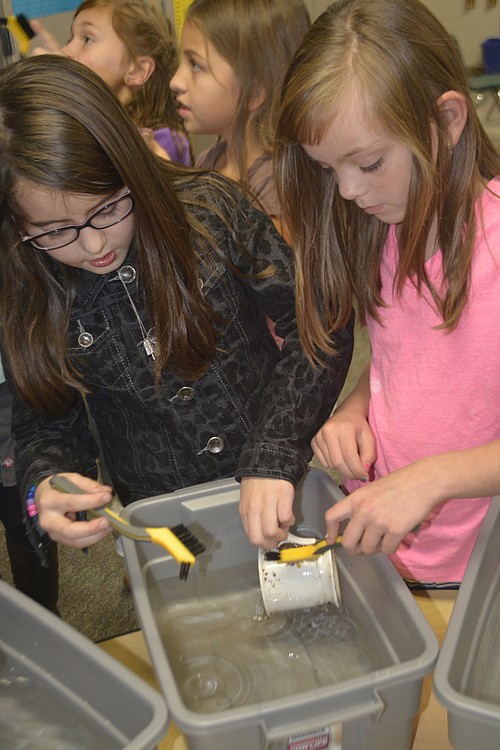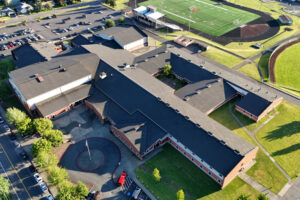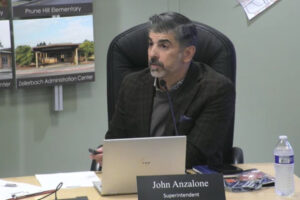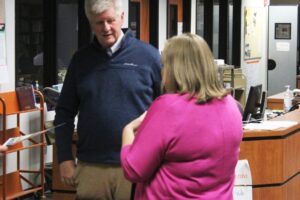Third-graders at Cape Horn-Skye Elementary had a hands-on opportunity to explore area history recently.
They participated in the “artifact detectives,” program, a new curriculum developed by their teacher, Lucia Willeman.
Students not only learned about early life in the Northwest, but were allowed to take on the role of an archeologist as they brushed, washed, measured, discussed and categorized local artifacts.
The project was supported through a Teaching American History (TAH) grant, administered by Carol Boyden, federal projects director for the Washougal School District, and by the Clark County Historical Museum.
“TAH grants over the past six years have allowed us to work with teachers from Evergreen, Ridgefield and Washougal to study primary sources and to make history come alive for students,” Boyden said. “Teachers from all three districts have worked with the museum to develop these kits from elementary, middle and high school levels. This was only one part of the TAH grant.”
Materials studied by the students were gathered in 2004 during the construction of the Vancouver Convention Center, which was built in one of the oldest parts of the city. Early during the project, it was learned that the site contained a wealth of historical artifacts associated with the 19th and early 20th century. Applied Archaeological Research, Inc., a company specializing in archaeology based in Portland, Ore., was hired by the developers to study the remains.




